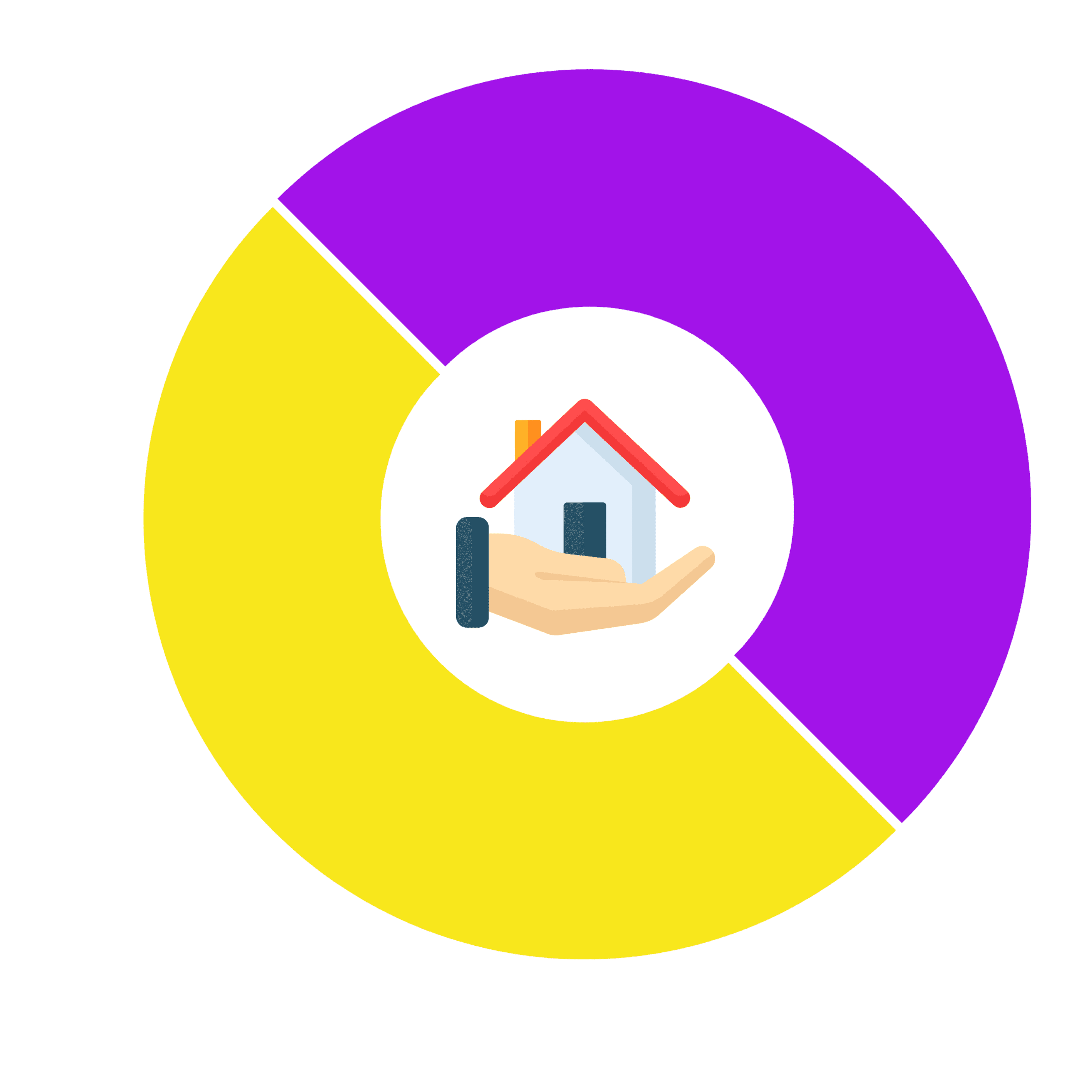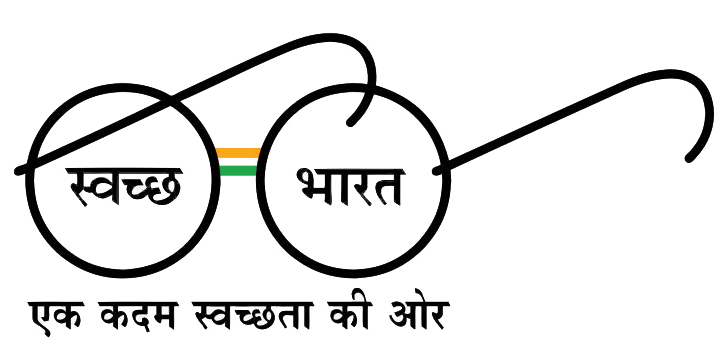In this article, I will be talking to you about certain important terminology and concepts related to the banking sector in India. Banking terminology has always been part of economics books that we studied in our schools. But, the issue is these terms are hard to remember for a long time. As we know, bank policy works around bank rates, repo rates and other rates. So, it is hard to learn the concept.
First of all, let’s talk about and understand what priority sector lending is?
So the Government of India understands that certain sectors of the economy need more support. That is why it has fixed a certain amount of percentage that the bank csp have to lend to various Industries like agriculture, small scale industries, small businesses service, Enterprises, microcredit, education loan and Housing loans.
So, in this guide you will know about the basic terminologies used in banking sectors in India. We have shared all the terms in simple language which will help you in your competitive exams. It can also be asked in other general test papers along with banking exams. If you want to get detailed information about every banking terminology, then read this guide carefully.
Why the Banking Sector?
Every bank in India with some exception and has to give about 40% of its total loans within these sectors. So these sectors in combination are known as priority sectors for banking. Next is another important concept that is the basic. So that is the minimum interest rate for reference of different banks.
Therefore any bank which is lending to which is giving out loans define the interest rates in terms of base rate. For example if SBI gives a loan to let’s say Reliance then it would say the interest rate is base rate plus 1% or 100 Basis points. So this is the reference and it is a minimum rate so they cannot give any loans which are below the base rate of the bank.
The basic system they place is the base prime lending rate system which was there up till 2010. This was replaced because banks could give out loans below BPLR in the earlier year before 2010. However, now the base rate is defined as the minimum interest rate that the bank can give loans in. So after 2010 base rate is applicable to all new loans and even poor loans which now come on for renewal.
The different thing is that banks are free to calculate their base rates according to the cost at which they borrow these funds. However, the two conditions are applied by the Reserve Bank of India but this base rate is calculated. RBI has to find it to be consistent or appropriate. The calculation of the best rate by different banks has to be made public by the bank on their website or in their offices.
Read more: How to Use a Mobile Wallet? How it Works and Registration
Basic terminologies in Banking Sector
The Basel 3 Norms
Basel norms are defined by BIS, which is the bank of international settlements in Basel, which is a city in Switzerland and BIS has its members as they are all the central banks of the world. Teddy finds different norms or practices for all the banking sectors for the entire banking sector of the world. So that they do not indulge in bad practices which destabilize these banks.
So the goal of Basel norms is to ensure financial stability and common standards of Banking Regulation in the world so as to avoid instability in the banking sector. So, Basel 3 are the latest set of norms after Basel 1 and Basel 2. They were released in 2010 but will be implemented or adopted by all the banks in the world by 2019.
CAR (Capital adequacy ratio)
CAR is capital adequacy ratio which is also known as capital to risk-weighted asset ratio that is CRAR so we will not get into the details of what these individuals’ terms are. But it expresses the Bank’s capital as a percentage of its risk-weighted credit exposure. So the amount of money and the bank has that is its capital divided by its risk-weighted assets gives the CRAR or capital adequacy ratio. It measures the amount of risky exposure that the bank has.
Core banking solutions
Now we can understand a very important concept that is the core banking solutions. So, CBS uses computer and Network Technology to allow a bank to centralize its Record-Keeping and allow access from any location. This is very important because all the transactions made within a bank are centralized and you can access the service of a bank. For example, taking out money from any place in the country or across the world as well so customers are allowed to access their bank accounts and perform basic money transaction from any branch office in the country.
In-fact, around the world it includes transactions, loans, mortgage payments, etc. Furthermore, banks make these services available across multiple channels like ATMs, internet banking, mobile banking and branches etc. This was a significant advancement over earlier traditional types of Banking. When all the banking transactions had to be done manually and the cheques for example had to be transferred physically from one place to other place. So using mobile and internet technology Banks can perform all these functions in a centralized manner.
Repo Rate
This is the most important term used in banking sectors. It is the rate at which the Reserve Bank of India provides loans to commercial banks in their financial crisis. The banks get loans from RBI mostly at the time of inflation. Currently, the repo rate in India is 40%.
Read more: Pradhan Mantri Jan-Dhan Yojana (PMJDY)
Reverse Repo Rate
Reverse repo rate is the rate at which Banks provide loans to Reserve Banks. This situation happens to control the supply of money in the market. Currently, the reverse repo rate in India is 3.35%.
Retail Banking
It is a banking service by which customers can easily manage their accounts and secure money on their own. Now, most of the banks provide retail banking to their customers which is also known as consumer banking.
Bitcoin
It is a popular cryptocurrency that can be used to send from one person to another without any intermediates and exchange into national currency to use in the market. This is the best crypto investment option with higher success and interest rate.
Money Inflation
It is the situation in which the value of money drops in the market which reduces the purchasing power of consumers. It mostly happens at the time of economic crisis. While on the other hand, Deflation is the situation in which money value increases in the market to increase the purchasing power of consumers.
So, these are a few terminologies of the banking sector in India, thank you.
Read more: How to open a Bank of India CSP? Bank of India CSP Apply
What are the jobs in Banking Sector?
These are some best banking sector jobs that you can apply for:
- Asset Manager
- Financial Risk Manager
- Business Analyst
- Internal Auditor
- Foreign Exchange Trader
- Credit Analyst
- Bank teller
- Loan officer
What is the full form of KYC in banking sector?
You may have heard a lot about KYC while opening a savings account in a bank. But for you know what is it in Banking Sector? So, it is referred to as Know your Customer or Know your Client. It the process to check and verify the client’s identity.
Read more: Importance of Kiosk Banking
Conclusion
All the above shared banking terminology are easy to remember for general awareness and competitive exams such as UPSC, RRB, SSC, etc. There are lots of terms used in the banking sector, but we have shared about only the most used. This article will help the students who are preparing for competitive exams.
If you are also an aspirant, then you can read the article to score good in banking and other competitive exams. It will also help you to know the banking terminology in general.
I hope you enjoyed this post and get valuable information about Banking sector terminologies. Now we are leaving and will come back with another topic.
People Also Ask
What are the basic Terminologies in the Banking Sector?
- Account Balance
- Assets
- Beneficiary
- Credit limit
- Debit card
- EMV chip
- Fixed rate
- Home equity loan
- Insufficient funds
- Interest rate
- Joint account
- Maturity
- Non- Sufficient funds
- And more
What are the different types of Bank?
- Central bank
- Commercial bank
- Cooperative bank
- Local area bank
- Regional Rural bank
- Small finance bank
- Specialized bank
- Payment bank
What is CRR and SLR?
SLR is a reserve maintained by commercial banks themselves. CRR is a reserve maintained by the RBI.
Who launched KYC?
RBI launched KYC in the year 2002 for account verification.
What are the main types of banking transactions?
- Cash deposit
- Cash withdrawal
- Online payment
- Cheque
- Debit card charges
- Loan payment
What is the meaning of Repo Rate?
In banking terms Repo Rate, REPO stands for ‘Repurchasing Option’ rate. It is also called a ‘Repurchasing agreement’. This is the rate at which banks take loans from the Reserve Bank.
What is the current RBI ratio?
Currently, the cash reserve ratio is around 4.5% as of April, 2023.






